7 Biggest Pelvic Floor Mistakes: Don’t Do These!
As pelvic floor physical therapists, we work with women on a daily basis to address pelvic floor issues. We often see women doing these 7 biggest pelvic floor mistakes. Wondering what they are and if you are doing any of these? Keep reading!
Mistake #1: Doing Kegels
The goal of kegels is to activate and strengthen the pelvic floor muscles. More often than not, we see that women actually have a tight pelvic floor and need to concentrate on relaxing these muscles! If you are experiencing leakage, pelvic pain or back/hip pain, you would benefit from a guided stretching program. Try this video that guides you through the 3 best pelvic floor stretches to promote relaxation in the pelvic floor!
Mistake #2: Vulvar Hygiene
The vulva encompasses all female external genitalia, including the labia, clitoris, urethra, and vaginal opening. The vagina, which is internal, has a unique pH that is maintained by the body. The vagina is actually self-cleaning and “feminine washes” or douches can disrupt the vaginal pH. The vulva only needs to be cleaned with water and dried with a clean towel. Wearing cotton, white underwear and using mild laundry detergents can also help keep the vulva healthy!
Mistake #3: Hovering over the Toilet
When peeing or having a bowel movement, our pelvic floor muscles should be fully relaxed. Hovering or squatting over the toilet turns on our leg and pelvic floor muscles and makes it harder for our bladder or bowels to fully empty. It is best to sit on the toilet and fully relax; use a squatty potty for even better posture when on the toilet!
Mistake #4: Constipation
Constipation can contribute to pelvic pain and prolapse symptoms, since it puts excess pressure on our pelvic floor muscles with pushing. Constipation can be managed with increasing water intake (goal is ½ your body weight in ounces!), increasing fiber and produce intake, using probiotics and/or magnesium citrate, and participating in consistent physical activity. Constipation can also be a sign of a tight pelvic floor, since you may be having difficulty relaxing fully to have bowel movement.
Mistake #5: Stopping Urine Flow Midstream
Some women perform “kegels” while peeing, since they are able to easily see if they are turning the pelvic floor muscles muscles on and off. This can be detrimental to the communication between the bladder and pelvic floor muscles, leading to incomplete bladder emptying or difficulty relaxing your pelvic floor muscles. A better option is to perform kegels after you use the restroom. Then, you can coordinate a kegel with your exhales and try to relax the pelvic floor as you inhale.
Mistake #6: Bearing Down while doing a Kegel
When performing a pelvic floor contraction, or “kegel”, we want to think about lifting the pelvic floor. Many women actually bear down as if they are passing gas when trying to do a kegel. Some useful cues can be to think about lifting a blueberry with your vagina or trying to lift your vagina away from your chair if seated.
Mistake #7: Not working with a trained pelvic floor physical therapist
Pelvic floor dysfunction physical therapists are specially trained to address a multitude of conditions, including incontinence, pelvic pain, and prolapse. We are also trained in working with women during pregnancy and postpartum. We take many hours of further education after physical therapy school to learn to assess the muscles and nerves of the pelvic floor to help you resolve your symptoms!
If any of these 7 mistakes resonate with you, don’t worry! We have a free guide, “6 Easy Solutions for your Lady Issues” to teach you simple steps on how to improve your pelvic floor function. If you still have questions or concerns after following the guide, feel free to reach out to us at Contact@Revitalize-PT.com. We are happy to help!


